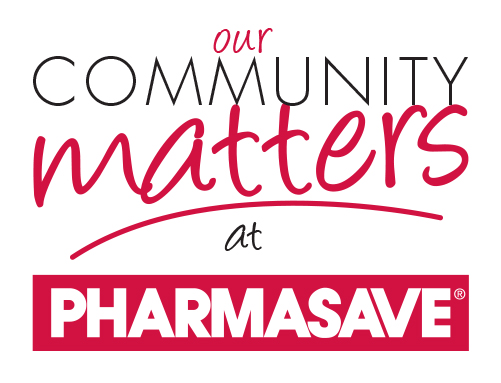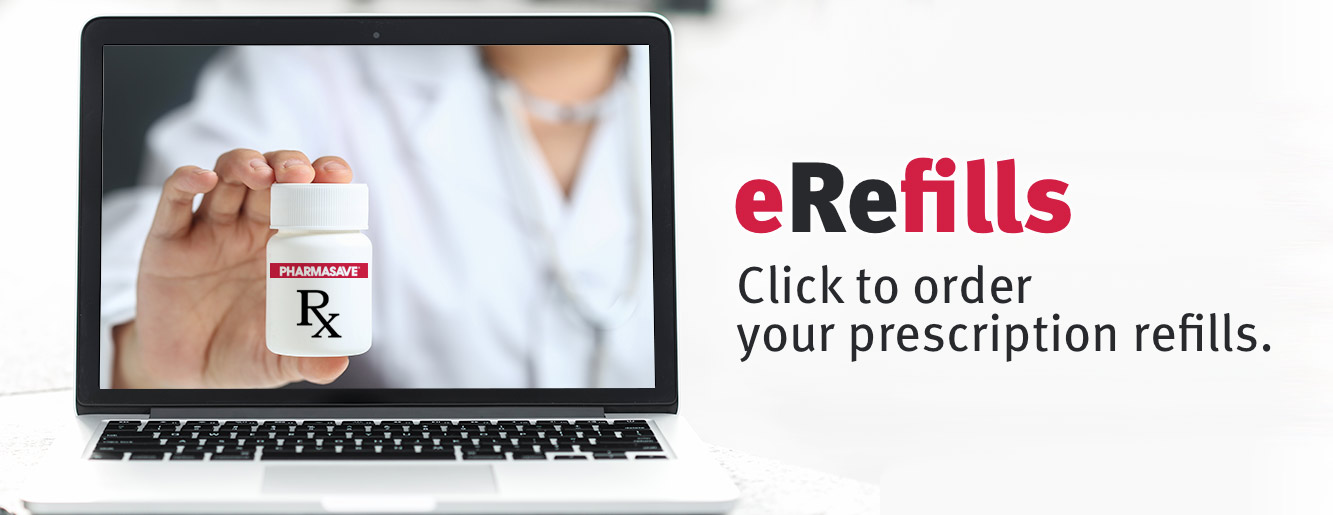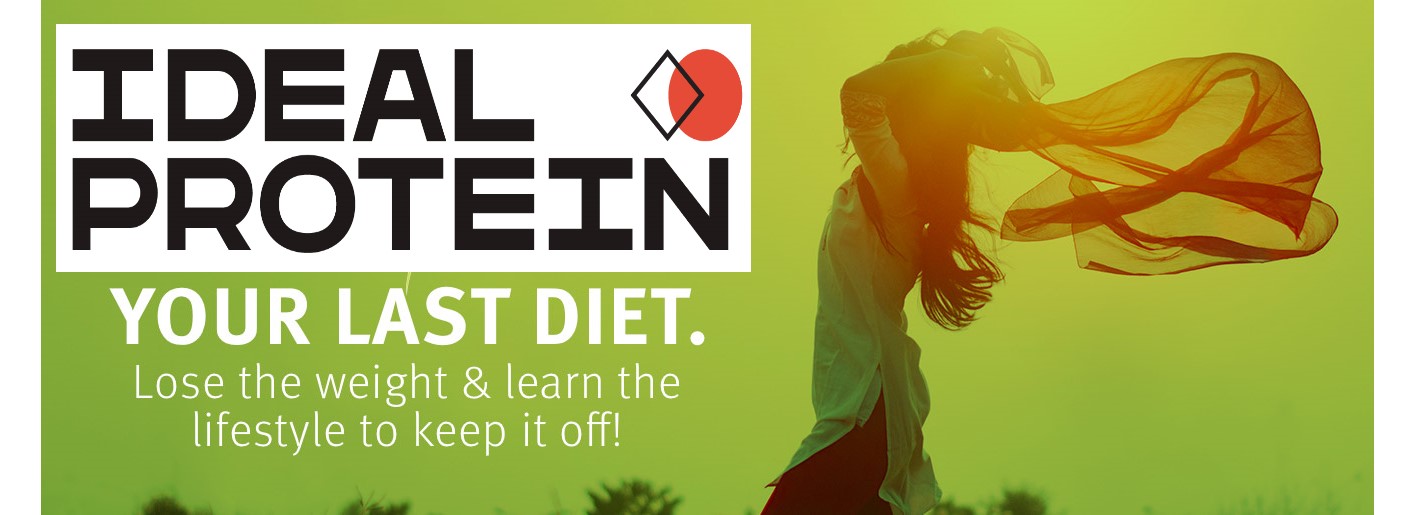
July Blog – Sun Care and Healthy Skin
July – Sun Care / Healthy Skin
Fun in the sun
Know your ABCDs. You may have lots of little spots on your skin, possibly because you got too much sun some years ago. Most of them are harmless. But watch out for these warning signs: Asymmetry—a mole that’s not round; Border—it has rough edges; Colour—it has uneven or unusual colours; Diameter—it’s larger than the width of a pea or a pencil eraser. Show your doctor any skin blemish that has any of these characteristics.
It’s important to know your skin and the signs of skin cancer. If you notice any unusual moles or marks on your skin, watch them closely. The most common skin cancers (basal and squamous cell) can look like a small, skin-coloured or red knob. The more dangerous melanoma usually begins as a mole that seems to change colour or size. What are the signs that tell you to have a doctor look at a mole? Just remember ABCD:
- Asymmetry: The mole is not round.
- Border: The border is irregular with jagged edges, not smooth.
- Colour: The colour can be uneven across the mole, it can change, or it may seem very different from the other moles on your body.
- Diameter: Cancerous moles are usually larger than 6 mm (the size of a pea or a pencil eraser).
Protect them while they’re young
Skin cancer is usually caused by the skin’s exposure to ultraviolet rays from the sun. The more sun you’re exposed to over your lifetime, the higher your risk of developing cancer.
It’s estimated that up to 80% of a person’s total exposure to the sun happens before 18 years of age. Because of this, it’s good to teach children healthy sun habits from the start. One serious sunburn in childhood can increase future cancer risk by as much as 50%.
Babies under six months old are especially susceptible to the glare of sunshine and should be kept out of the sun completely. They’re too young for sunscreen, so keep the baby in the shade and covered as much as possible. Don’t forget that the sun can reflect off shiny surfaces and swimming pools, so keep babies well shaded from all directions at all times.
No such thing as a healthy tan
There is a common myth that if a person tans well, they’re protected from these harmful rays. Not true! While it is true that fair-haired, blue-eyed people are most prone to burning, and therefore are more susceptible to the sun’s rays, even “healthy” tans are really just damage control – they’re your body’s way of trying to protect itself from the sun. But the damage is already done and can’t be reversed. Years of sun worshipping, be it outside or in a tanning salon, will eventually show up later on in life as wrinkles, poor skin elasticity, and possibly skin cancer.
The sun, however, is also very important to our health. It provides us with vitamin D (which we need for our bones), and it can lift our spirits. In fact, there’s a form of depression called seasonal affective disorder (or SAD) that can happen when there’s more darkness than daylight – those experiencing SAD feel “down” during the winter months and much better when summer comes. So staying holed up deep inside isn’t the way to go either.
As with most good things, moderation and good sense are the keys. The goal is to have fun outside but to stay safe at the same time. Here are some basic rules:
- Cover up whenever possible. A longer cotton skirt, for example, might feel cooler on a hot day than a pair of shorts, and will help guard you from the sun.
- Wear a hat. Hats keep the sun’s rays off the scalp, face, and back of the neck, prime areas for skin cancer. A good hat will also shelter and protect your eyes from the sun’s powerful rays.
- Apply sunscreen at least 20 minutes before you go out, even if the sun doesn’t seem particularly strong, or it is cloudy. Damaging ultraviolet rays can still penetrate clouds, so don’t take a chance. Always apply sunscreen that has a minimum SPF (sun protection factor) of 15 and protects you from both UVA and UVB light. Be sure to follow the directions closely and reapply the sunscreen on a regular basis throughout the day, especially after you’ve been swimming or sweating, even if your sunblock advertises that it is sweat or water resistant. Ask your pharmacist or doctor for their product recommendations and advice on proper application. Do not forget that your lips, ears, nose, and toes can burn just as easily as any other part of your exposed body, so apply sunblock to them as well. Some lip balms with SPF can be purchased from your local pharmacy. For more information on choosing a sunscreen, read “Sunscreen: a user’s guide.”
- Avoid the sun when it’s at its peak. It’s strongest between 11 a.m. and 4 p.m., so use that time to do activities indoors if possible.
- If you are applying other products to the skin, double check with your pharmacist about which product to use first. For example, insect repellants should be applied at least 15 minutes after applying sunscreen.
- If you use prescription medications, such as certain skin creams or blood pressure medications, check to see if they can make you more sensitive to the sun. If you’re not sure, ask your pharmacist.
If, despite being careful, you still get a sunburn, treat it as you would any other kind of burn:
- Apply cool, wet compresses for 24 to 48 hours.
- Don’t apply skin creams within the first two days.
- Drink a lot of water to keep from feeling dehydrated.
- You can use over-the-counter painkillers such as acetaminophen or ibuprofen if there is some minor pain or discomfort due to the burn.
Very severe burns, the kind that produce blisters, are often treated in clinics with dressings. If you’re not sure if your burn is severe, have it checked. Do not break burn blisters yourself, as this can lead to a skin infection if not properly treated.
For more information, read our condition factsheet on sunburn.
Ask Your Pharmacist
Question: Are there some medications that can make me more sensitive to sunlight?
Answer: Yes, some medications can make your skin more sensitive to the sun’s UV radiation and can cause skin reactions including exaggerated sunburns, or blistering and or swelling. If you take antibiotics, pain medications like ibuprofen and naproxen, or acne medications, such as isotretinoin, it is important to minimize your exposure to the sun and wear sunscreen with an SPF of 30 or greater.
Do you have more questions? Speak with your Live Well Pharmacist.
Health Tip
Sunshine is great for your garden but not so great for your skin. Today’s tans can become tomorrow’s wrinkles, but more importantly, too much sun is the leading cause of skin cancer. Reduce your risk on sunny days by applying sunscreen generously, finding shady spots when you’re outdoors and wearing sunglasses with UV protection.
All material © 1996-2013 MediResource Inc. Terms and conditions of use. The contents herein are for informational purposes only. Always seek the advice of your physician or other qualified health provider with any questions you may have regarding a medical condition.



